Idea by
Mariella Annese, Milena Farina
factory architettura
http://www.factoryarchitettura.it
Call for ideas 2016
Urban Roofs for Refugees
Urban Roofs for Refugees
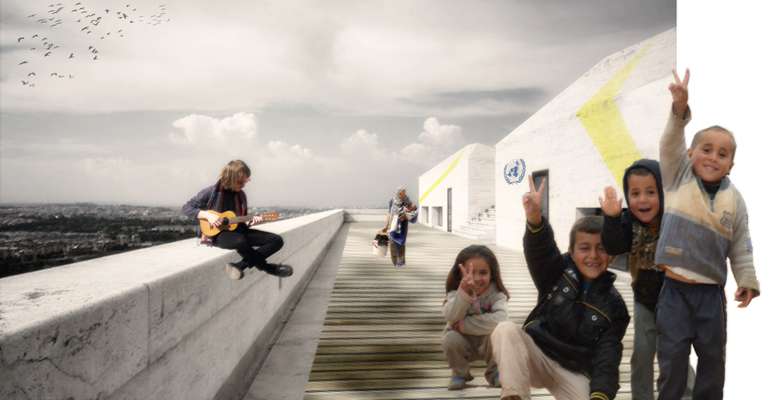
The colonization of the roofs is a strategy for exploitation of existing and under-used urban areas in a logic of environmental and social sustainability.
Urban roofs are suitable to become the new land on which to build the architecture of the future, designed to accommodate people who need to experience the city in emergency or temporary conditions: migrants as well as students, temporary workers, tourists.
The architecture organizes its materials on these soils. Common areas exploit the potential of a living condition that predisposes to socializing and sharing.
The architecture is necessarily shared between temporary guests and inhabitants of the buildings, who use both the common areas guests in a pact of mutual solidarity.
The architecture of the future creates essential and generic spaces that can be customized.
The architecture of the future is provisional and changeable as the existential condition of its inhabitants.

Urban roofs are suitable to become the new artificial land on which to build the architecture of the future.
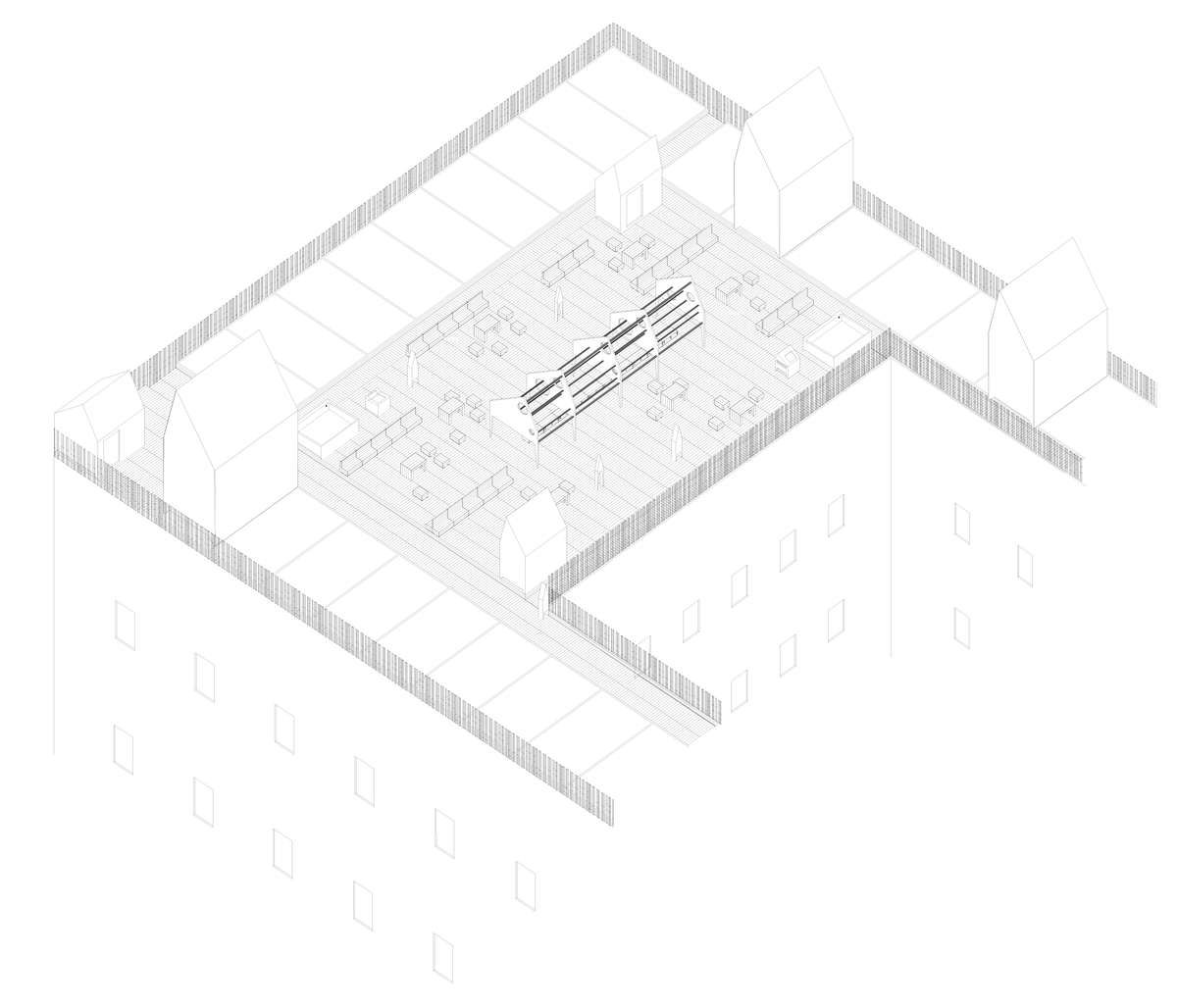
The architecture of the future organizes its materials on the new artificial soils: floating floors for the necessary infrastructure, gardens and vegetable gardens for sustainability and sustenance, light structures for living (private spaces) and share (common services, work spaces and entertainment venues, etc.).
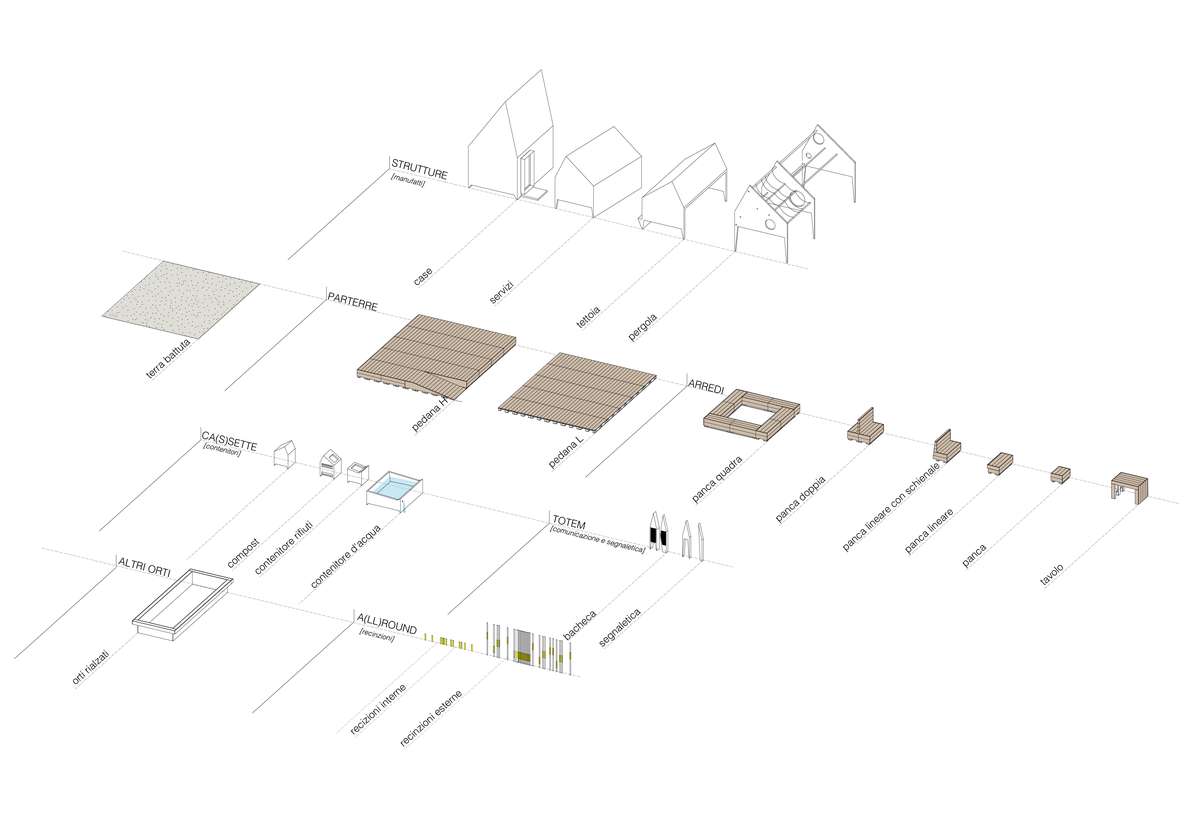
The new architecture of the future is modular and easy to assemble: its construction will be shared between temporary guests and inhabitants of the buildings. The new architecture of the future creates essential and generic spaces: it is provisional and changeable as the existential condition of its inhabitants.
Urban Roofs for Refugees
Urban Roofs for Refugees

The colonization of the roofs is a strategy for exploitation of existing and under-used urban areas in a logic of environmental and social sustainability.
Urban roofs are suitable to become the new land on which to build the architecture of the future, designed to accommodate people who need to experience the city in emergency or temporary conditions: migrants as well as students, temporary workers, tourists.
The architecture organizes its materials on these soils. Common areas exploit the potential of a living condition that predisposes to socializing and sharing.
The architecture is necessarily shared between temporary guests and inhabitants of the buildings, who use both the common areas guests in a pact of mutual solidarity.
The architecture of the future creates essential and generic spaces that can be customized.
The architecture of the future is provisional and changeable as the existential condition of its inhabitants.
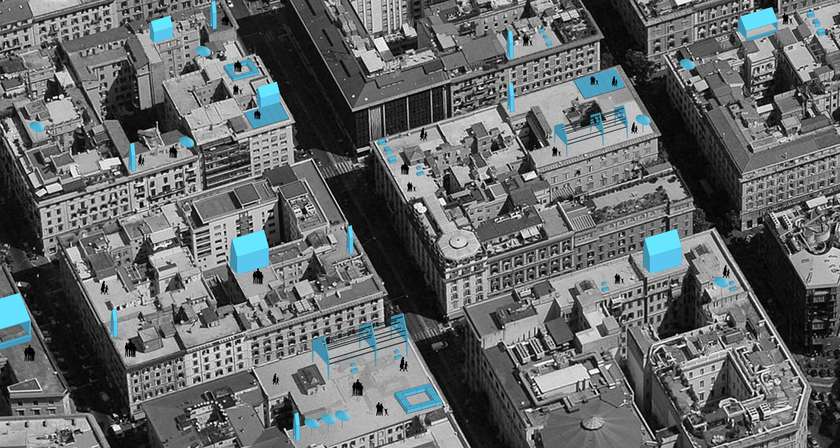
Urban roofs are suitable to become the new artificial land on which to build the architecture of the future.
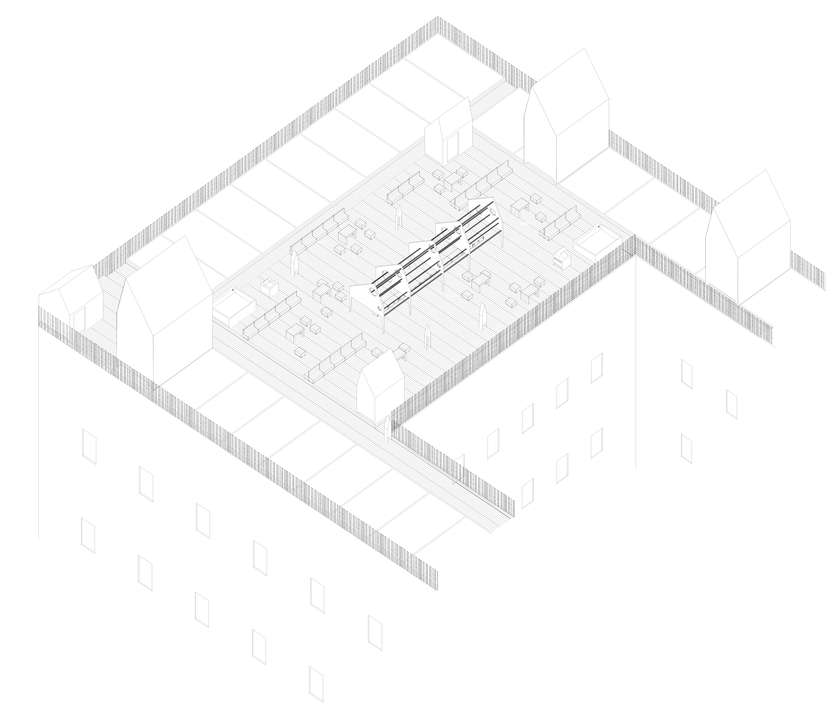
The architecture of the future organizes its materials on the new artificial soils: floating floors for the necessary infrastructure, gardens and vegetable gardens for sustainability and sustenance, light structures for living (private spaces) and share (common services, work spaces and entertainment venues, etc.).
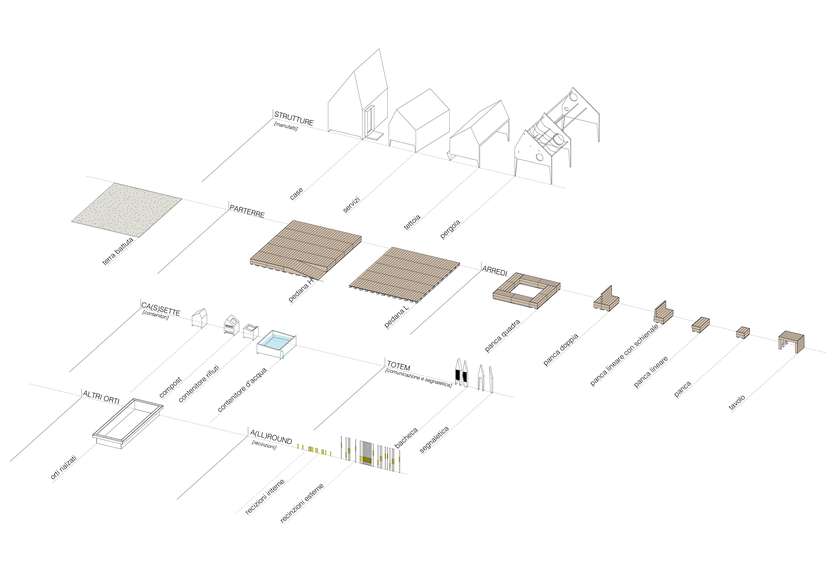
The new architecture of the future is modular and easy to assemble: its construction will be shared between temporary guests and inhabitants of the buildings. The new architecture of the future creates essential and generic spaces: it is provisional and changeable as the existential condition of its inhabitants.